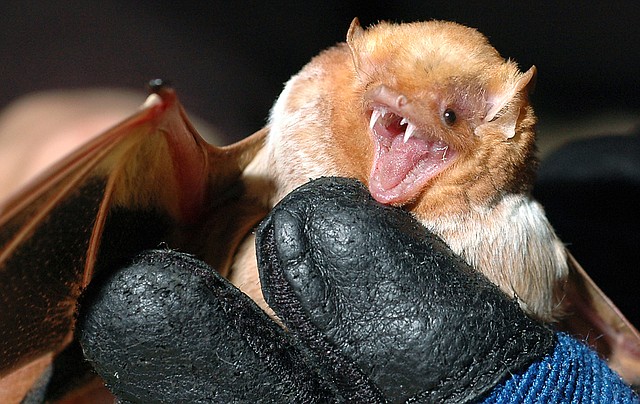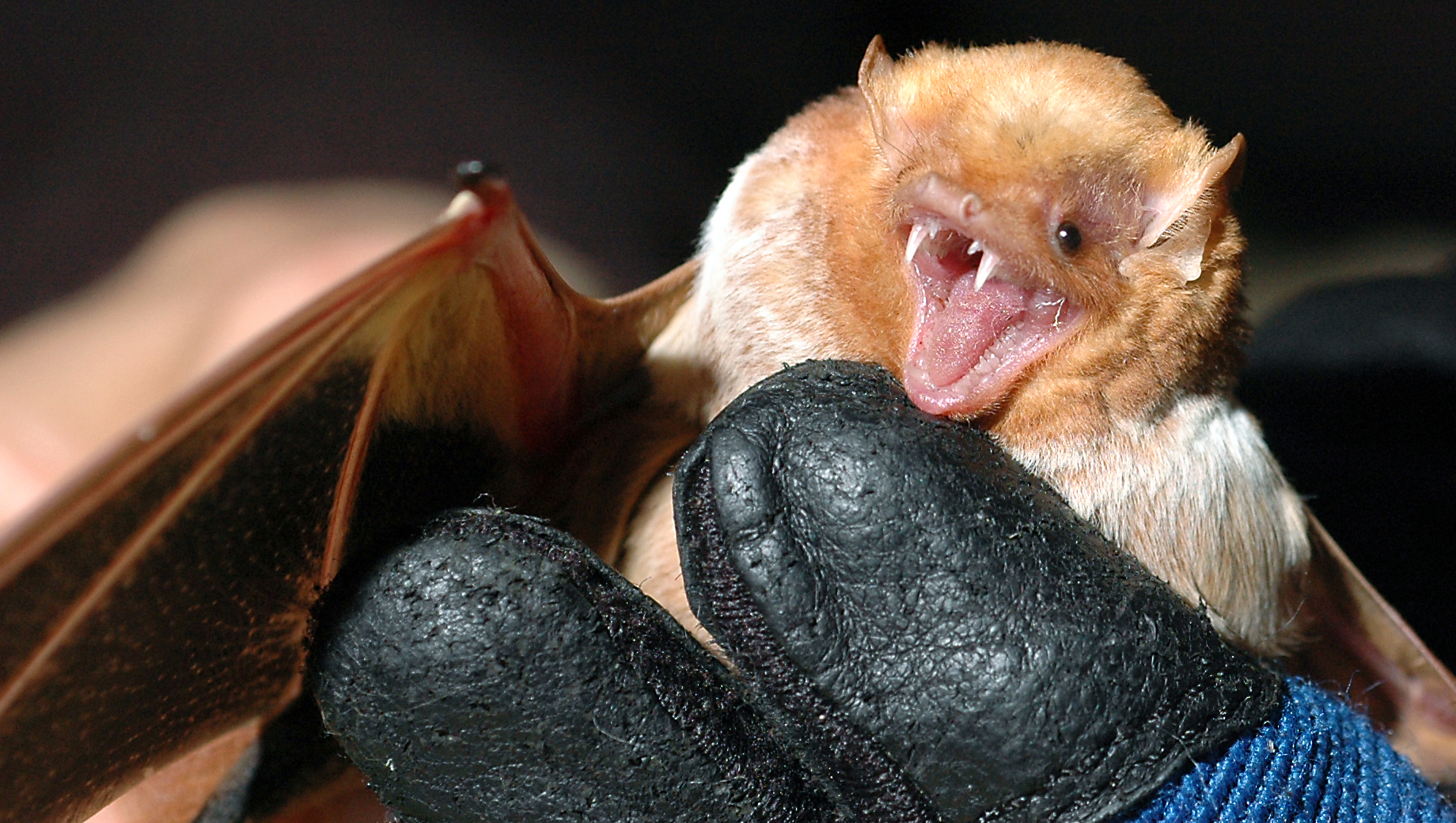New money available to fight bat threatening white-nose syndrome
Friday, January 1, 1904
Help may be on the way against a fungus that already has killed millions of mosquito-eating and beetle-chomping bats in the Northeast and now is threatening Tennessee, Georgia and Alabama, according to wildlife officials.
Congress has directed the Department of Interior to allot $4 million from its 2012 endangered species recovery fund toward research and management of white-nose syndrome, which is fatal to bats.
Mike Armstrong, Southeast region white-nose syndrome and bat recovery coordinator for the U.S. Fish and Wildlife Service, said the Southeast could be the biggest beneficiary of the money.
"Biologists in Tennessee, Georgia and Alabama are all working very hard right now setting their goals for the upcoming winter of WNS [syndrome] monitoring and surveillance work," he said.
Additionally, a recent research breakthrough at the University of Tennessee has given wildlife watchers something specific to aim at in seeking a cure. They have confirmed the cause of the fungus that first showed up in the United States five years ago in the Northeast. The disease since has spread to 16 states, including Tennessee, where it was confirmed last winter.
Though not yet found in Georgia, researchers know infected bats won't pay attention to the state line that separates Tennessee's Cherokee National Forest from the Chattahoochee Nation Forest in Georgia.
Those researchers also have confirmed a migration pattern of bats in Cherokee Forest caves to a Smoky Mountains National Park cave where the disease was confirmed in 2010.
Mollie Matteson, conservation advocate at the Center for Biological Diversity in Tucson, Ariz., said the $4 million will help keep up the research.
"At least the work that is being done now is not going to grind to a halt," she said last week. "Tennessee already is monitoring, and I believe Alabama and Georgia have completed their white-nose monitoring plans.
Innovative ideas
Some of Tennessee's efforts include a nature conservancy plan to build an artificial hibernaculum, a fake cave that can be cleaned and treated to help bats live.
Now that scientists know the fungus, a fungicide treatment should help, right?
It's not so simple.
Almost any environmental treatment option likely will upset the unique ecological systems in caves, and a fungicide also would kill beneficial fungus.
"In an artificial cave, you can manipulate the environment and kill the fungus with anti-fungal agents or heat while the bats are absent without fear of impacting a natural ecosystem," said Tennessee Nature Conservancy's Cave and Karst Program Director Cory Holliday in a U.S. Fish and Wildlife Service-sponsored blog.
"You can manipulate the environment to attract a variety of bat species. Ideally, the bats can come and go seasonally, with no disruptions to their natural behaviors, and the fungus can be eliminated during the summer while the bats are absent."
Holliday said the conservancy is developing partnerships for the project and is near finalizing the design and soliciting bids for construction.
"We're on schedule to have the artificial cave in the ground and ready to go before hibernation season 2012-13," he said.

